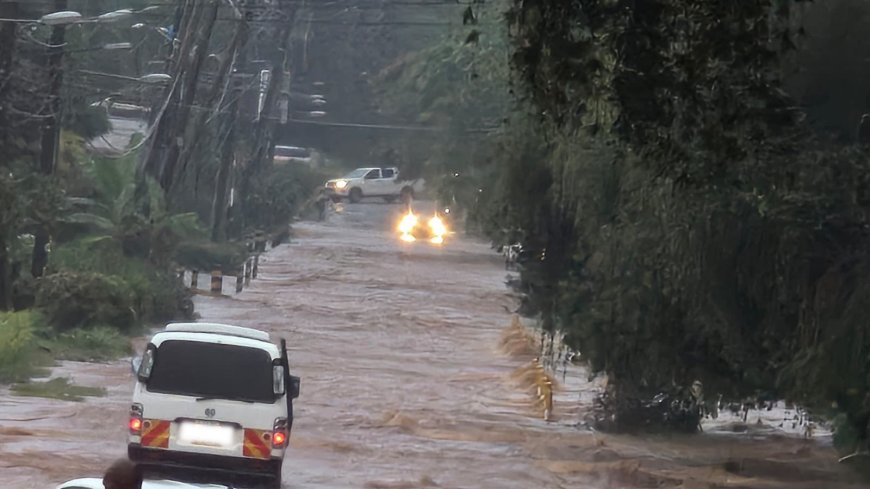Expect Govt To Send You These Urgent Messages To Your Phone Soon
The Ministry of ICT and the Digital Economy announced that it is considering adopting the Common Alerting Protocol (CAP) to deliver these alerts and enhance public safety during emergencies.

The government is working on implementing a system to send emergency alerts to Kenyans ahead of and during climate-related disasters, aiming to boost preparedness and minimise damage.
On Wednesday, May 21, the Ministry of ICT and the Digital Economy announced that it is considering adopting the Common Alerting Protocol (CAP) to deliver these alerts and enhance public safety during emergencies.
CAP is a global standard used by authorities to broadcast emergency warnings across multiple platforms at once, such as SMS, local media, social networks, and sirens, to ensure timely and wide-reaching communication.
The alerts are typically designed to be readable by both humans and machines, making it easier for different systems and responders to process and act on the information quickly.

Drivers attempting to navigate flooded Peponi Road in Parklands, Nairobi, May 11, 2025. /AHMAD SALIMS
"The Ministry of Information, Communications and the Digital Economy (MICDE) has formulated Communication Policies that embed emergency response as part of climate adaptation measures," stated the Ministry in part.
"Broadcasting and Telecommunications Principal Secretary Mr. Stephen Isaboke said the Government requires Broadcasters and Telecommunications to onboard early warning preparedness and emergency response messages to mitigate climatic disasters."
According to the Ministry, Early Warning Systems are feasible disaster risk reduction and climate adaptation measures that save lives and provide a return on investment.
While launching the Early Warnings for All (EW4ALL) initiative, PS Isaboke stressed the importance of broadcasters and telecom companies consistently displaying special early warning messages during disasters.
He also noted that the government is working to boost the country’s communication infrastructure, particularly in remote regions, to make sure everyone stays informed and ready when climate disasters strike.
“Our work is to ensure that we expand our communication infrastructure to the remotest parts of the country. We also endeavour to communicate in all languages to ensure no one is left behind,” the PS said.
The announcement comes just a day after the National Assembly Committee on Environment, Forestry, and Mining pushed for the inclusion of traditional weather prediction methods in the Meteorological Bill 2023, introduced by Senate Majority Leader Aaron Cheruiyot.
Committee Vice Chair Charles Kamuren argued that Traditional Indigenous Knowledge (TIK) has shown effectiveness in weather forecasting and should be formally recognised in the bill. The proposed legislation includes tough penalties—up to five years in prison, a Ksh5 million fine, or both—for individuals who issue weather forecasts without official authorisation.
"The issue of indigenous knowledge is important here. We can't rule them out. The traditional weather forecast, where some communities predict the weather by looking at animal intestines or the movement of birds, has proven to be accurate. There is a need to incorporate it in this Bill," Kamuren said on Tuesday, May 20.
In Kenya, various communities rely on their traditional methods to forecast the weather, often by observing local animal behaviour and plant patterns, usually aligned with the region’s economic activities. For example, indigenous pastoralist communities in Baringo County forecast rainfall by slaughtering a goat and studying its intestines and leftover feed, believing this reveals when and where rain will fall.
Other communities use signs like the absence of morning dew as a signal for impending rain, while some observe cloud colour, shape, and star patterns to make predictions.
Because of the effectiveness of these traditional techniques, the Kenya Meteorological Department introduced Participatory Scenario Planning (PSP)—a platform where communities share and interpret climate information together to support better, locally tailored decisions.
These sessions equip farmers and pastoralists with vital weather data to help them choose appropriate crops, plan livestock management, and prepare for shifting conditions.







